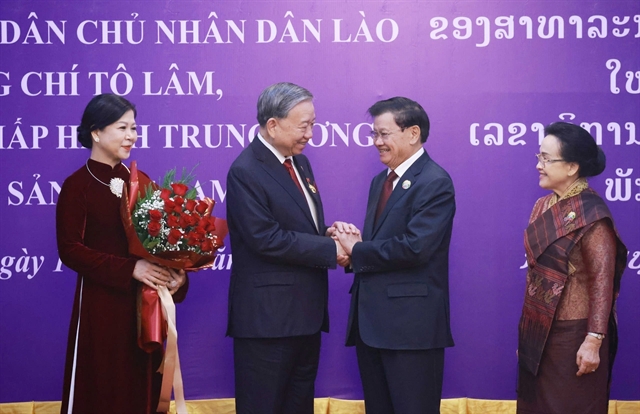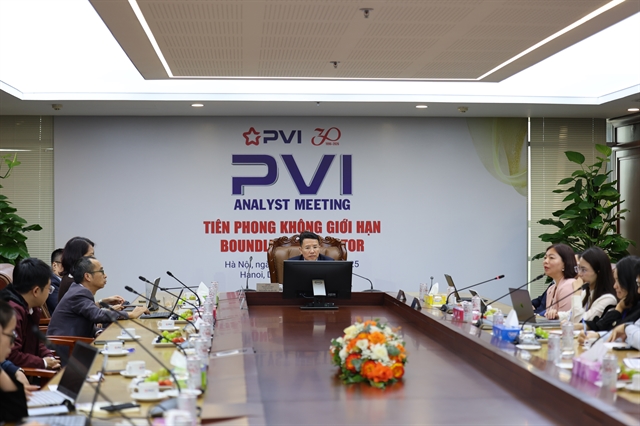 Opinion
Opinion


|
| Trần Anh Tuấn, Chairman of the Vietnam Association for Administrative Sciences and former Deputy Minister of Home Affairs. — Photo plo.vn |
After more than two months in operation, Việt Nam’s two-tier local government model is beginning to reveal both its strengths and growing pains, as authorities adjust to the new administrative framework.
Chairman of the Vietnam Association for Administrative Sciences and former Deputy Minister of Home Affairs Trần Anh Tuấn shares his views on the model’s early results, the difficulties localities are facing and the priorities for the future.
After the merger, many commune-level authorities say their staff are overstretched or not yet fully up to the job. For example, a 'one-stop shop' that once served one commune is now handling five. What can be done to fix this?
The first task for local leaders is to assess their workforce, deciding who should stay on and who should be subject to downsizing. It’s important not to let people simply resign on their own, because that risks losing the most capable staff.
To know who is really effective, modern tools are needed such as 360-degree evaluations and performance indicators like KPIs and OKRs. These make the process fairer, more objective and more accurate.
In the long run, the Government should build a clear catalogue of job positions at commune and ward levels so that staffing can match the workload, management scope and functions of each unit.
Recruitment will still be necessary, but it must be tied to these positions. At the same time, training must be stepped up to build leadership, administrative skills and stronger public service delivery.
One good example is the Hồ Chí Minh National Academy of Politics, which has trained more than 67,000 key commune-level officials across the country, both online and in person. That kind of effort is exactly what’s needed.
And on the issue of 'one-stop shops,' the Government has already issued Decree 118, which allows provincial and commune-level administration centres to process requests without being tied to local boundaries.
Combined with the push for digital services, this creates much more flexibility. Of course, as we roll it out problems will appear, but that is how we learn to improve the model.
Infrastructure appears to be another challenge. Some localities lack adequate facilities, while others are cramped or scattered. Yet the merger has left many offices sitting idle. Isn’t that a contradiction?
I do not see it as a contradiction. Every new model encounters problems at the beginning. Commune governments already had offices—some from the old district level, others from communes themselves. Naturally, some of these don’t meet today’s needs in terms of space or condition.
When we cut the number of commune-level units from over 10,000 to just 3,321, surplus offices were inevitable. The real issue is how to use them properly. They can be reassigned, transferred, sold off or turned into schools, but they should not be left idle.
As for public administration centres, the key is digitalisation. If local government services are digitised, people will not always have to travel to offices. They can get things done from home, which is more convenient and reduces the strain on infrastructure.
What role should ministries and central agencies play in helping local governments overcome these difficulties?
They should come up with proposals for the Government or the relevant authorities, especially on dividing powers and decentralising decision‑making. Localities need clear authority in socio‑economic development, finance, budgeting and staffing.
Beyond that, ministries and central agencies should also send experienced officials to help when localities ask for support.
Looking ahead, what should be the priorities to make the two‑tier model more effective?
The legal framework needs to be sharper. Commune governments must have clearly defined responsibilities, and overlaps with provincial departments need to be sorted out.
Just as important, local autonomy must be real. Localities must have the power to decide and the responsibility to deliver.
We also have to keep improving the workforce. That means retaining capable officials, bringing in new talent and handling redundancies fairly. Training and capacity‑building should be ongoing.
Technology will play a huge role as well. Applying digital tools and even artificial intelligence to government operations can dramatically improve quality of service for citizens.
Finally, the idea of sending central‑level officials to support localities is a good one, but only if it’s done based on what localities actually need and only if the people sent are truly up to the task. Otherwise, it does not help. — VNS




.jpg)